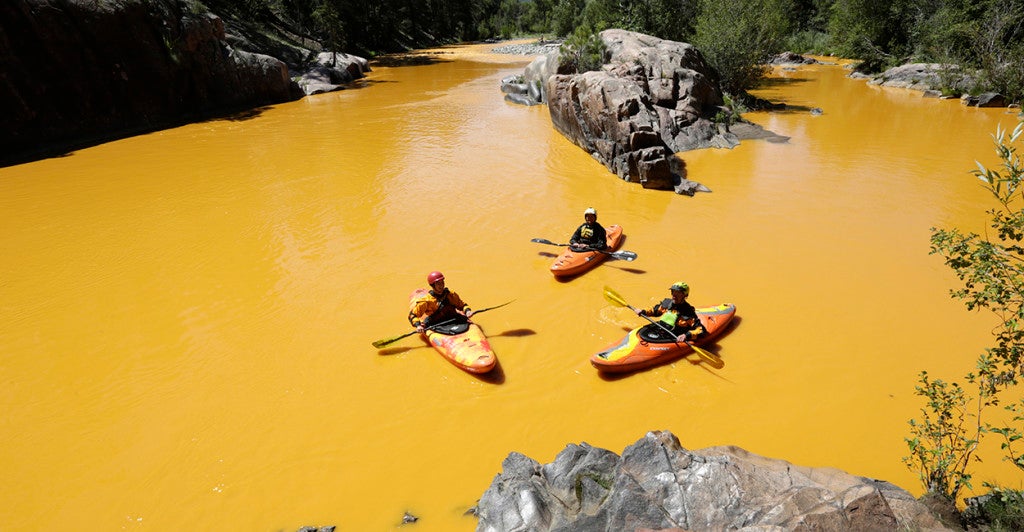Last month, the EPA caused a spill of toxic waste into the Animas River in Colorado. That event demonstrates that even the federal agency responsible for regulating the disposal of hazardous waste can make mistakes that lead to environmental contamination. It also proves that the federal government plays favorites in criminal environmental enforcement.
If private parties had been responsible for the spill, the odds are good that the federal government would have opened a criminal investigation. The government has prosecuted private companies and private parties for other negligent spills. Just ask Edward Hanousek.
A railroad roadmaster, Mr. Hanousek was responsible for a rock quarrying project at a site near the Skagway River in Alaska. One evening in 1994, while Mr. Hanousek was at home, a backhoe operator trying to remove rocks from a nearby railroad track hit a pipeline. The accident caused 1,000-5,000 gallons of heating oil to spill into the nearby river.
Mr. Hanousek was charged with criminal negligence under the Clean Water Act. He was convicted for the negligent discharge of oil and sentenced to six months in prison, another six months in a halfway house, and six more months of supervised release.
If a 1,000- to 5,000-gallon spill into the Skagway River merited criminal prosecution, the EPA’s 3-million-gallon spill of toxic mine water into the Animas River spill justifies criminal prosecution, too.
But there is more. In past cases, the government has successfully argued that corporate officers and managers should be held liable for the misdeeds of subordinates even if the officers and managers had no hand in any illegal conduct.
The Justice Department persuaded courts to adopt the tort doctrine of “respondeat superior”—“let the master answer”—for the acts of his employees. Under that theory, the EPA administrator and regional director should be personally charged with the negligent discharge of hazardous waste.
Yet the Justice Department does not apply the same rules to private parties and government officials. The public should ask, “Why not?”
If private parties should be held criminally liable for negligent violations of the federal environmental laws, why not EPA employees? If a company president should be held liable for the misdeeds of the firm’s low-level personnel, why not the EPA administrator? The same rules should apply whether the responsible party works in the private sector or the public sector.
It should be no defense that senior EPA federal officials could not perform their supervisory duties if they must manage the day-to-day work of every subordinate. The same is true of a company’s president, and the federal government has not excused senior business officials on the theory that they cannot hold upper-level positions while doing a company’s lower-level work.
Even if the EPA administrator were too remote from this spill to be held responsible, that conclusion would not apply to the director of the region. Each director has only one region to manage, not the entire nation. After all, a plant manager does not receive immunity from prosecution for the misdeeds of his employees even though he cannot monitor everything going on in his plant. If so, why should senior federal officials in a parallel position get off scot-free?
Even the EPA recognizes that its officials should be held to the same standards that the government applies to private parties.
“We’re going to continue to work until this is cleaned up,” Regional Director Shaun McGrath told a local gathering of Colorado residents, “and hold ourselves to the same standards that we would anyone that would have created this situation.”
There is no reason to let government officials slide when the government prosecutes private parties for the same conduct.
It’s time for the government to choose: Either stop prosecuting private parties for negligence or make the senior EPA officials stand in the dock. Sauce for the goose should be sauce for the gander.
Originally published in The Washington Times.
